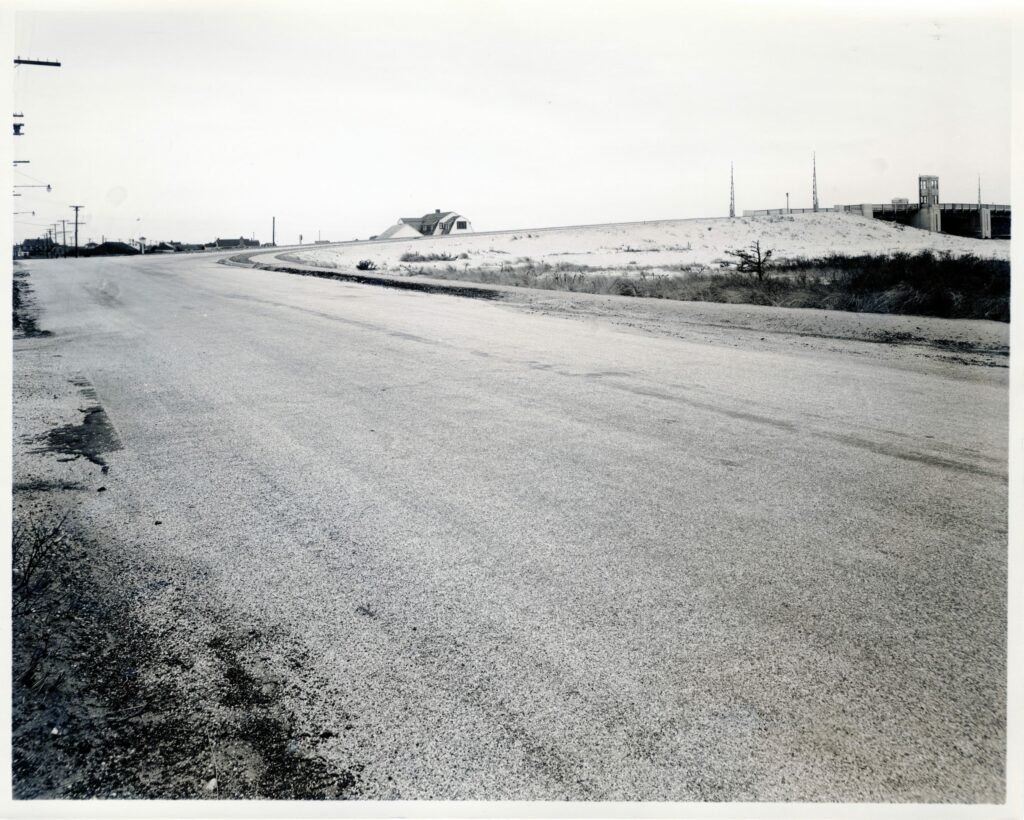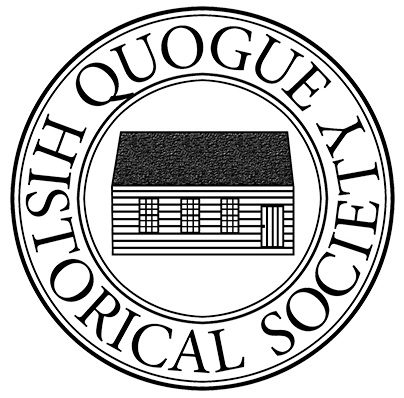A Moment in Time: Photographs of Quogue Village Streets, 1942

Along with founding families and historic houses, the streets of Quogue hold a special place in the character of the Village, laid out as they are in a shape reminiscent of a seashell.
Much thought went into both the layout, and the names, of the streets. Most of Quogue’s streets had been created in the 1870s and 80s, as Quogue rose in popularity as a seaside resort. In 1911, the Ladies Committee of the Quogue Improvement Association set out to elect a street-naming committee. It was the height of the boarding house era, and the Ladies Committee was responsible for keeping the village — advertised as the “Queen of the Hamptons” by the L.I.R.R. — living up to its reputation. At the helm were Mrs. Erastus Post and Mrs. David C. Townsend.
The name-less streets had been cumbersome to communicate, to say the least. “The New Road along the Beach between Bathing Stations” became Dune Road; “Andy’s Dock West to Howell Lane” became Quaquanantuck Lane. (Though some might say Quaquanantuck offered its own challenges.) Howell lane was later changed to Quantuck Lane. The street-naming committee recommended small wood signs painted with black letters on white ground to mark the newly named streets.

Two streets in Quogue’s history lost their importance, and the meaning of their names, in the Hurricane of 1938. The two bridges that linked the mainland to the Village beaches, on Ocean Avenue and Beach Lane, were washed out during the storm. The Village decided to build a single state-of-the-art drawbridge to access Dune Road, extending Post Lane over the Quogue Canal (and straight through the second nine holes of the Quogue Field Club’s golf course).
In February 1942, a Riverhead photographer, Louis Dormand, was hired to photograph the streets of Quogue, perhaps to document the new Post Lane bridge, which had opened in 1940. Dormand took ten photographs in the winter of 1942, capturing street scenes very different than those of today.










